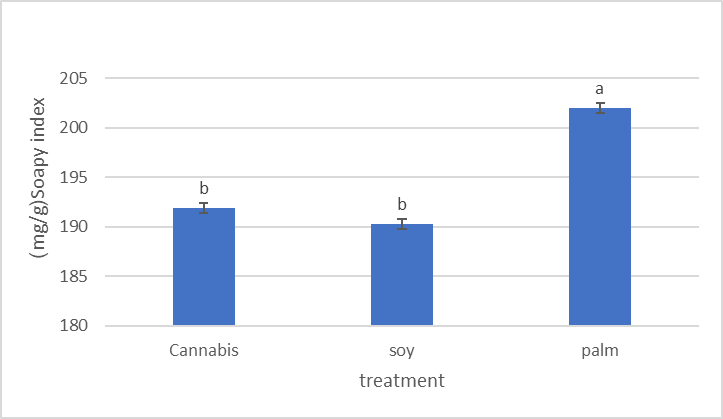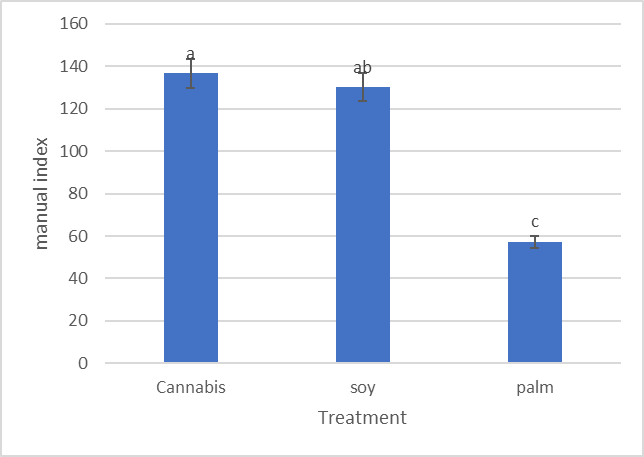Comparison of the Physicochemical Characteristics of Soybean, Palm, and Hemp Oils as Well as Their Oxidative Stability, and the Impact of Oil Diet on Rat Blood Parameters
Maryam Beheshti1, Mohammad Reza Taheriyan2*, Sikander Shahzad3, Memoona Siddique4, He Tianwei5, Muhammad Farooq5*, Huzaifa Kashif6 and Naila Ilyas7*
1Animal Science, Department of Animal Science, Kashmir Branch, Islamic Azad University, Kashmir, Iran; 2Animal Science Department, Kashmir Branch, Islamic Azad University, Kashmir, Iran; 3Balochistan Agriculture College, Quetta, Pakistan; 4Department of Plant Pathology, Bahauddin Zakariya University, Multan, Pakistan; 5College of Food Science and Engineering, Northwest A and F University, Yangling, Shaanxi 712100, PR China; 6Department of Food Science, Jinnah University for Women, Karachi, Pakistan; 7Graduate School of Chinese Academy of Agricultural Sciences, Beijing 100081, China.
*Correspondence | Mohammad Reza Taheriyan, Muhammad Farooq and Naila Ilyas, Animal Science Department, Kashmir Branch, Islamic Azad University, Kashmir, Iran; College of Food Science and Engineering, Northwest A and F University, Yangling, Shaanxi 712100, PR China; Graduate School of Chinese Academy of Agricultural Sciences, Beijing 100081, China; Email: mr.taheriyan@yahoo.com, Farooq.fst28@gamil.com, inaila471@gmail.com
Figure 1:
The effect of oil type on the oxidation stability index (OSI).
Figure 2:
Effect of oil type on peroxide index.
Figure 3:
Comparison of saponification index in palm, soy, and hemp oil samples.
Figure 4:
The effect of oil type on the iodine index in oil samples.
Figure 5:
Effect of oil type on refractive index.
Figure 6:
Effect of diet containing different oils on HDW factor in rats.













